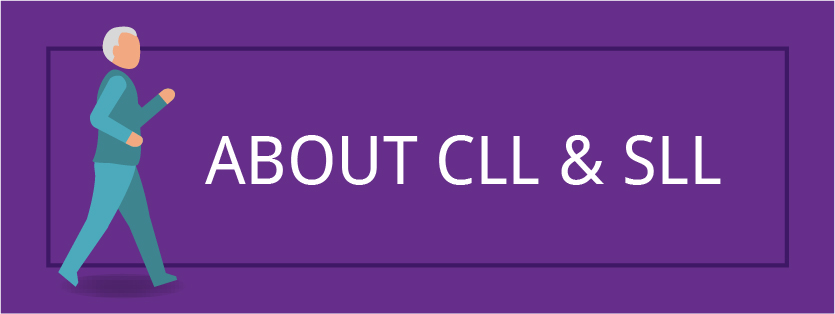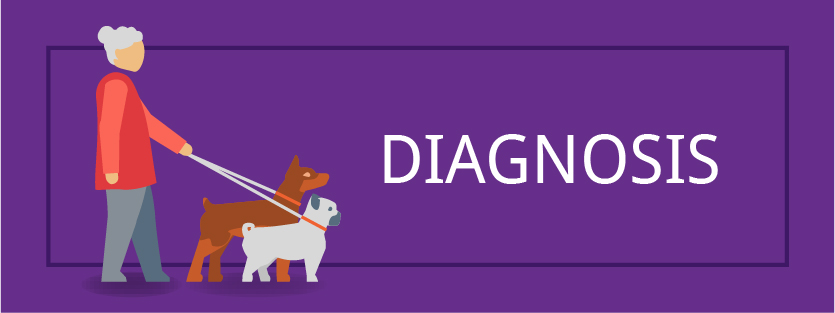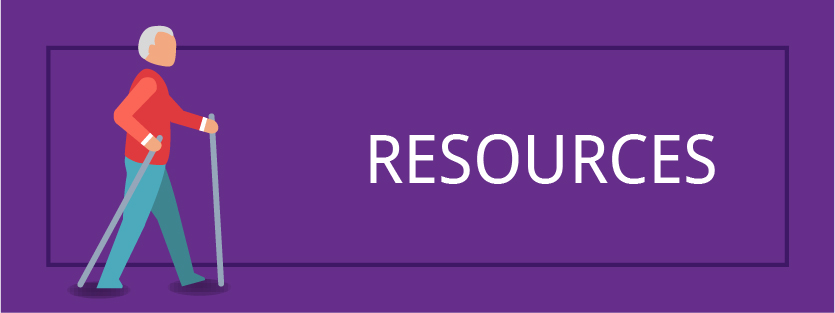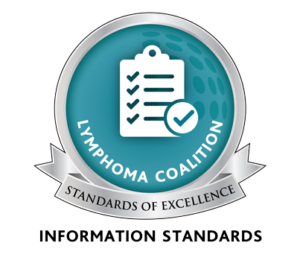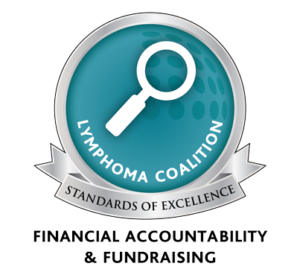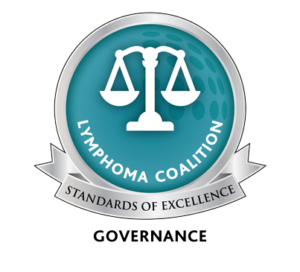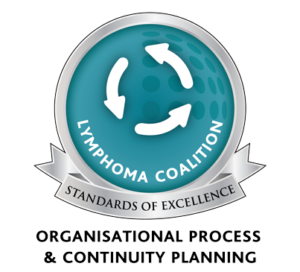Many people with CLL & SLL do not require treatment right away and some people never require treatment. The decision to start treatment depends on whether you have signs or symptoms that are associated with progressive disease. Together, these signs and symptoms are called treatment indications.
Treatment is started only if you have at least one of the treatment indications listed below:
- Evidence your bone marrow is unable to keep up with your body’s need for healthy blood cells – measured by the development of, or worsening of, anemia (low red blood cell counts) and/or thrombocytopenia (low platelet counts);
- Massive spleen, progressive spleen enlargement, or an enlarged spleen that is causing symptoms;
- Massive lymph nodes (at least 10 cm in longest diameter), progressive lymph node enlargement or large lymph nodes that are causing symptoms;
- Increase in number of lymphocytes of more than 50% over a 2-month period or lymphocyte doubling time (LDT) of less than 6 months;
- Autoimmune anemia and/or thrombocytopenia (low numbers of red blood cells or platelets that results when your body makes antibodies that destroy them) that doesn’t respond to standard medications;
- ‘B’ symptoms, defined as any one or more of the following disease-related symptoms or signs:
• Unintentional weight loss of 10% or more within the previous 6 months;
• significant fatigue (inability to work or perform usual activities);
• fevers higher than 38.0°C for 2 or more weeks without other evidence of infection; or
• heavy night sweats for more than 1 month without evidence of infection.
Although no cure has been found yet for CLL & SLL, there are many treatment options that allow patients to feel well and live for years in good health.
The goals of treatment are to:
- Reduce the numbers of CLL cells in your blood, lymph nodes, spleen and bone marrow
- Relieve your symptoms and maximize your quality of life for as long as possible
The type of treatment you have will depend on a number of factors, including:
- Your age
- Your general health or fitness
- Any other illnesses you have
- What changes have happened to the genes and chromosomes of the CLL cells
Your doctors will take all these factors into account when planning your treatment.
Standard treatment options for CLL include:
- Watch & wait
- Drug therapy
- Radiation therapy
- Surgery
- Stem-cell transplantation
Click here for a printable overview of prevalent Canadian CLL Treatment Options.
The following charts provide an overview of the treatment options and possible outcomes for CLL. The sequence of treatment for CLL is important because, in some cases, the first treatment you get may affect your next treatment (if it becomes necessary).
Please talk to your doctor about what may come next in your treatment. You should be aware of possible future therapies and discuss them with your doctor early on in your treatment journey.
View Front‐line CLL Treatment Algorithm
View Relapsed/Refractory Treatment Algorithm
*Reflected in the documents above are the most prevalent and more nationally available treatments.
Many people are frightened by the side effects of cancer treatment. However, it is important to understand that:
- Not all patients who receive treatment experience side effects;
- Side effects are not always severe, they can be mild;
- Different treatments have different side effects;
- There are many effective treatments that can reduce side effects or prevent them from happening altogether.
Everyone reacts to cancer therapy differently. Even people of similar age and health can experience different side effects from treatment.
Most side effects are short-lived, but some can last for a few weeks or months after treatment has finished. Occasionally, side effects can be permanent. Some side effects can start long after treatment has finished. These are called late-effects. Your doctor will talk to you about any effects before you start treatment.
Depending on the side effects you experience and how strongly you feel them, you might not be able to maintain your usual level of activity during treatment. You might need to set aside more time for rest and healing.


